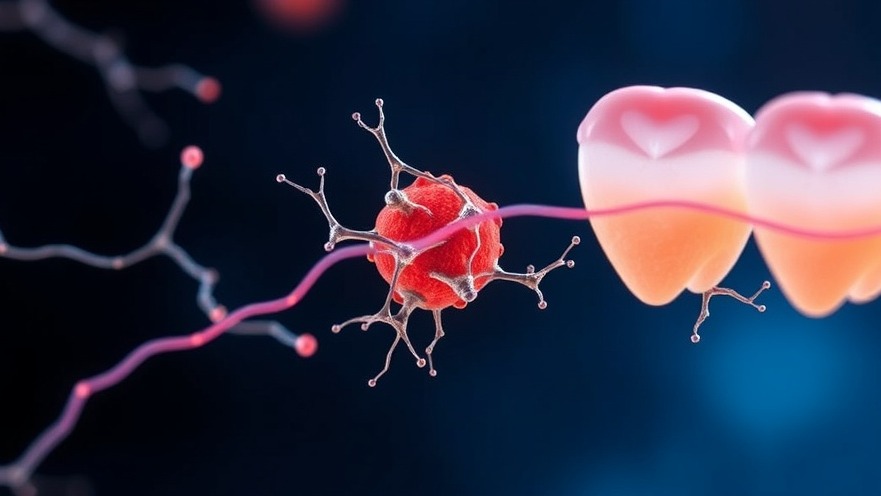
Revolutionary Findings in Neurodifferentiation
Recent research conducted at the University of the Basque Country (UPV/EHU) has heralded a promising development in the field of regenerative medicine. This study reveals that human dental stem cells, derived from dental pulp, can be successfully transformed into cells that resemble neurons. This breakthrough has significant implications for the treatment of neurodegenerative diseases and brain injuries, potentially paving the way for novel therapeutic approaches and autologous transplants.
The Ability to Create Functional Neurons
The core of this research focuses on the transformation process of stem cells. Previously, the regeneration of neurons was limited due to the unique nature of neurons in the adult brain; once lost, they cannot divide or regenerate. The UPV/EHU study successfully showed that dental stem cells not only can be induced to resemble neurons, but can also generate electrical impulses akin to those of natural neurons without any genetic modification. This is a notable advancement, as it utilizes a readily accessible source—dental pulp, a tissue found inside teeth.
Addressing the Need for Neuroregeneration
As researchers like Gaskon Ibarretxe point out, the challenge for neurodegenerative conditions such as Huntington's disease, epilepsy, and recovery from strokes is the need for functional neurons that can integrate into existing neural circuits. This research offers a glimmer of hope; if dental stem cells can indeed form functional neurons, they could one day be used to restore lost neuronal function in patients suffering from neurological impairments.
Implications for Autologous Transplants
The ability to use a patient’s own dental stem cells for therapy opens numerous avenues for personalized medicine. Autologous transplants, where tissue from the patient is used, not only minimize the risk of rejection but also simplify the process of sourcing suitable donor cells. With the consistent need for effective treatments in neurodegenerative medicine, the development of these neuron-like cells from dental pulp positions these cells as a potential game-changer.
Overcoming Regeneration Challenges
Neurodegenerative diseases pose significant challenges due to the limited ability of the brain to regenerate its own neurons. The advancement in cultivating viable neuronal cells from dental stem cells could address this fundamental issue. The research team highlights the necessity for these newly formed cells to exhibit excitability and the capacity to produce neurotransmitters necessary for neuronal communication. As stated by co-author José Ramón Pineda, these characteristics are critical for the successful integration of these cells into damaged brain circuits.
Moving Forward: What This Means for Health Practitioners
For concierge health practitioners who continuously seek cutting-edge treatments for their patients, understanding these developments can be of great importance. With neurodegenerative diseases on the rise, having knowledge about novel advancements in cellular therapy can enhance the treatment offerings available to patients. This research not only shows potential for enhanced treatment options but also encourages a preventive approach to dental care, as preserving dental pulp may play an integral role in future medical therapies.
Emotional Impact and Patient Implications
For patients diagnosed with neurodegenerative conditions and their families, the hope of innovative treatments derived from easily accessible resources is profoundly encouraging. Engaging in discussions about the preservation of dental health and its potential implications for future medical therapies could empower patients, giving them a sense of control and optimism in the face of their medical challenges.
Concluding Thoughts on Dental Stem Cells and Neurotherapy
The research from UPV/EHU stands as a beacon of hope within the fields of neurology and regenerative medicine. By capitalizing on the unique properties of dental stem cells, we may be witnessing the evolution of treatment protocols that could redefine our understanding of neurodegeneration and recovery. Staying informed about such breakthroughs will not only benefit health practitioners but will significantly impact patient care strategies in the coming years.
As the potential of dental stem cells continues to unfold, practitioners are encouraged to remain vigilant and proactive regarding the integration of these developments into their practice.
 Add Row
Add Row  Add
Add 




Write A Comment